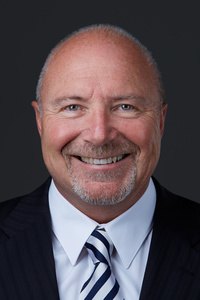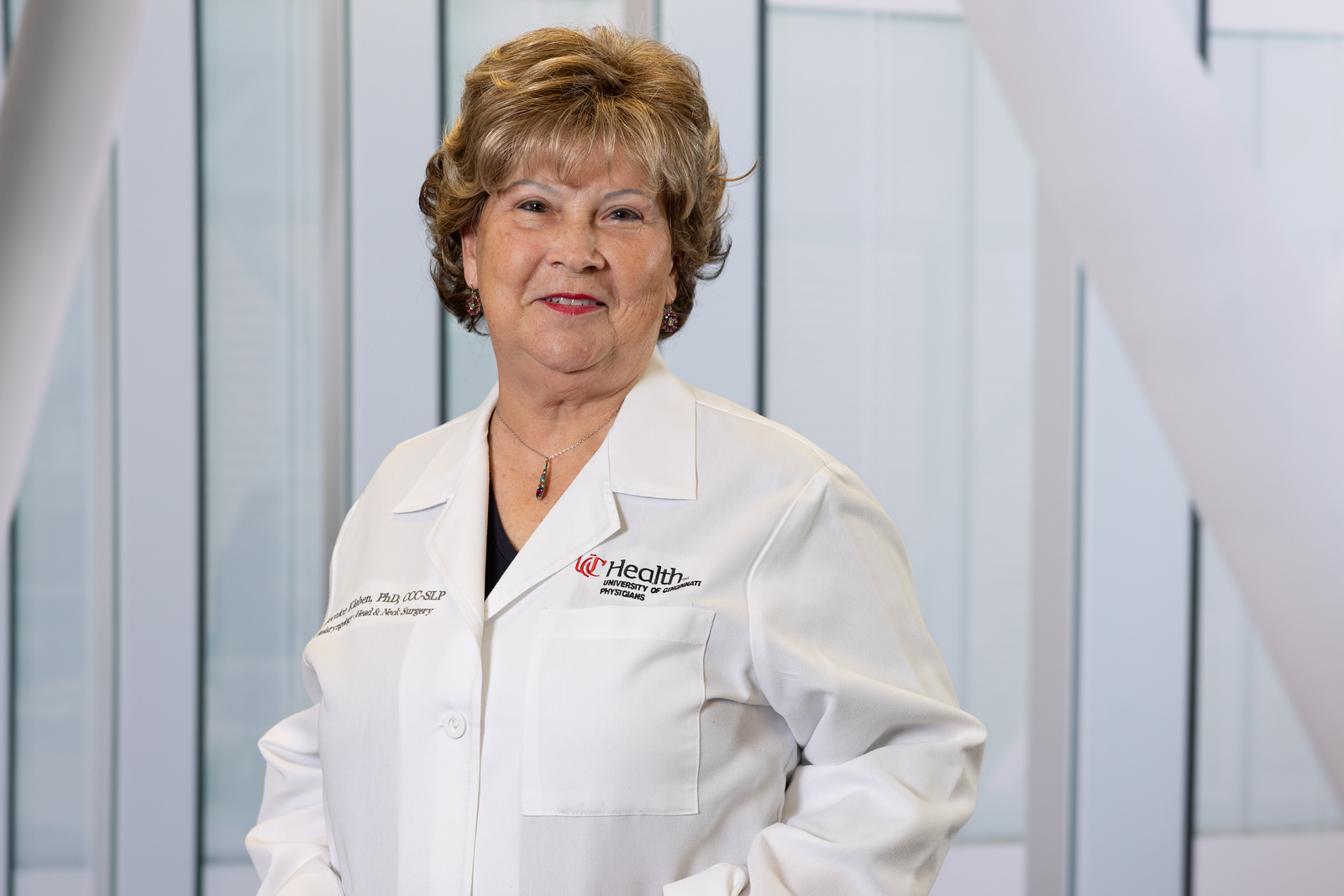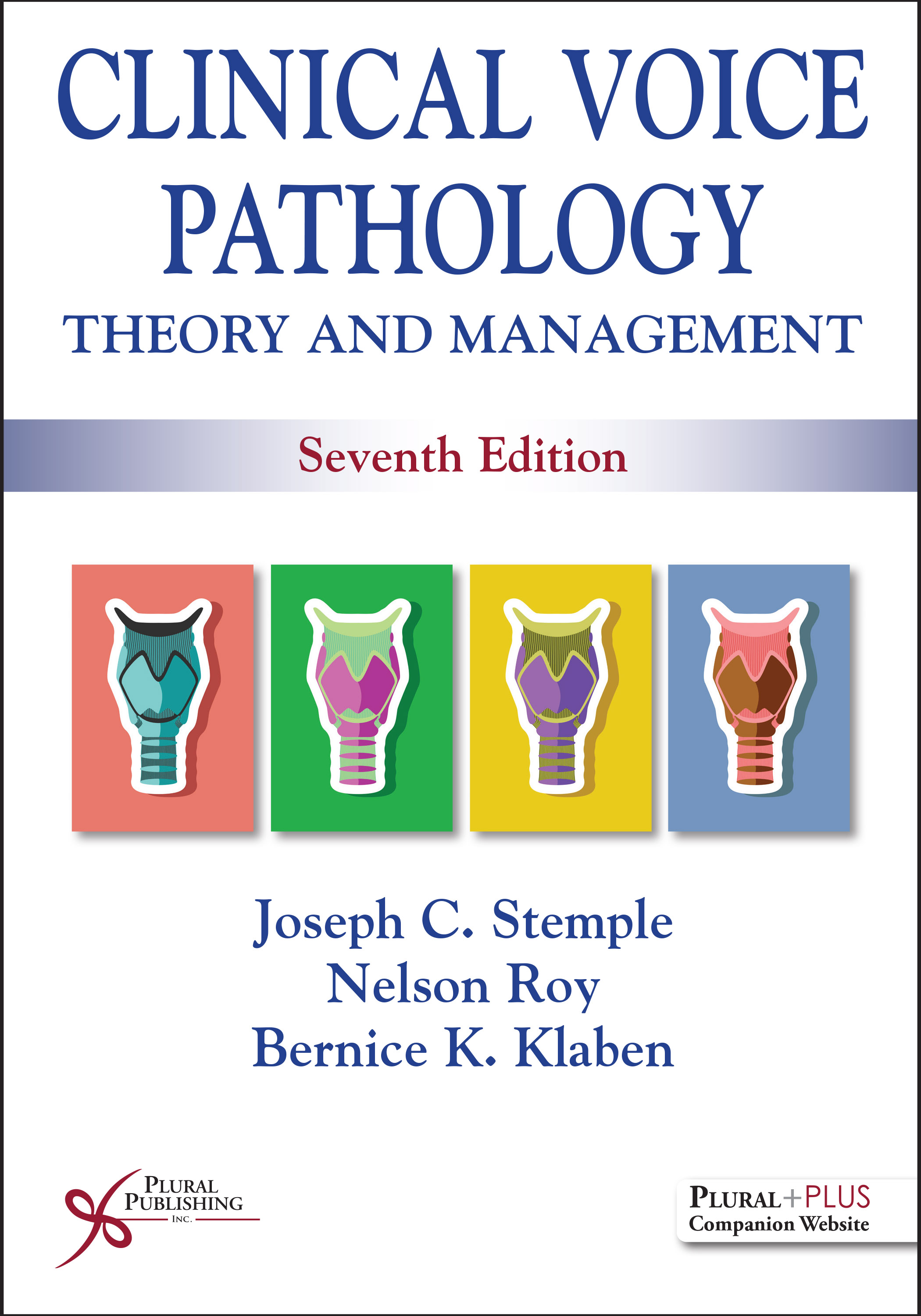
Clinical Voice Pathology: Theory and Management
Seventh Edition
Joseph C. Stemple, Nelson Roy, Bernice K. Klaben
Details: 644 pages, Full Color, Softcover, 7" x 10"
ISBN13: 978-1-63550-618-1
© 2026 | Available
For Instructors
Purchase
Includes 200+ audio and/or audio-video cases illustrating the range and variety of voice- and upper-airway related disorders, as well as techniques employed in their assessment and management!
Clinical Voice Pathology: Theory and Management, a classic text now in its seventh edition, is a comprehensive resource that addresses the history, anatomy, physiology, etiologies, pathologies, and contemporary issues related to the assessment and management of the voice and related disorders. While continuing to provide the graduate speech-language pathology student with the knowledge necessary to evaluate and treat an impressive array of voice disorders, the text now includes two new chapters that focus on the expanding role of the speech-language pathologist in (1) upper airway disorders (including chronic refractory cough as well as inducible- and exercise-induced laryngeal obstruction), and (2) gender-affirming voice and communication training. With a foundation rooted in science, combined with the vast clinical and research expertise of the authors, students and practicing clinicians will be equipped with the knowledge necessary to effectively assess and manage not only a wide range of voice and upper airway disorders, but also individuals who seek gender-affirming voice care.
Individuals with diverse voice and airway related issues, such as professional voice users, performers, patients with laryngeal cancer, or who are tracheostomy and ventilator-dependent are often complex and demand a clinician who possesses an extraordinary depth and breadth of knowledge. To facilitate the acquisition of this knowledge, this text offers a wealth of visual aids, including artwork, case studies, and a companion website with extensive audiovisual instructional materials. These features not only maintain the high standards set by previous editions but further enhance the learning experience.
New to the Seventh Edition
- A new chapter describing the SLP’s roles and responsibilities in the assessment and management of upper airway disorders including chronic refractory cough (CRC), inducible laryngeal obstruction (ILO) and exercise-induced laryngeal obstruction (EILO).
- A new chapter on gender-affirming voice and communication training for transgender and gender-diverse individuals including approaches to gender-affirming health care.
- Additional extensive audio and video examples of clinical cases and related treatment outcomes.
- Instructional “how-to” videos demonstrating important procedural aspects of assessment (eg, focal laryngeal palpation, voice stimulability testing) and specific evidence-based voice therapies including manual laryngeal reposturing, circumlaryngeal massage, vocal function exercises, and resonant voice therapy.
- Continued focus on enhancements to instruction and learning, including use of “Call-Out” boxes to highlight cases and encourage additional discussion.
- Updated references throughout the text to reflect the current state of clinical research and practice.
Key Features
- New Chapters on (i) Upper airway disorders and (ii) Gender-affirming voice care
- Full-color text and images
- Numerous Call Out boxes
- Multiple helpful appendices
PluralPlus Online Ancillaries
For instructors: PowerPoint Slides, Image Bank
For students: Videos, Audios
Preface
Contributors
Chapter 1. Voice: A Historical Perspective
Introduction
Definition of a Voice Disorder
Role and Skills of the Speech-Language Pathologist
Ancient History
Folklore Remedies
Egyptian Papyri
Hindu Writings
Hippocrates
Aristotle
Claudius Galenus
The Renaissance
The 17th to 19th Centuries
The Laryngeal Mirror
Further Advancements
Voice Therapy
Clinical Voice Pathology
Artistic and Scientific Ingredients of Voice Pathology
Summary and Concluding Remarks
References
Chapter 2. Anatomy and Physiology
Overview
Anatomy
The Laryngeal Valve
Respiration for Phonation
Vocal Tract Resonance
Structural Support for the Larynx
Hyoid Bone
Laryngeal Cartilages
Muscles
Muscles for Respiration: Inspiration and Exhalation
Laryngeal Muscles
True Folds, Ventricular (False) Folds, and Ventricle
Vocal Fold Microstructure
Epithelium
Basement Membrane Zone
Lamina Propria
Vocalis Muscle
Blood Supply and Secretions
Neurologic Supply
Central Nervous System Control
Peripheral Innervation
Laryngeal Reflexes
Developmental Changes
Vocal Folds in Older Adults
DNA Microarray Gene Expression Analysis
Physiology of Phonation
Theories of Vibration
Fundamental Frequency Control
Intensity Control
Phonation Modes and Voice Quality Control
Summary
References
Chapter 3. Etiologies of Voice Disorders
Etiologies of Phonotrauma
Phonotrauma
Inappropriate Vocal Components
Medically Related Etiologies
Direct Surgery
Indirect Surgery
Chronic Illnesses and Disorders
Primary Disorder Etiologies
Personality-Related Etiologies
Environmental/Life Stress
Summary
References
Chapter 4. Pathologies of the Laryngeal Mechanism
Prevalence of Voice Disorders
Pathology Classifications
Structural Pathologies of the Vocal Fold
Congenital and Maturational Changes Affecting Voice
Congenital Webs (Synechia)
Inflammatory Conditions of the Larynx
Cricoarytenoid and Cricothyroid Arthritis
Trauma or Injury of the Larynx
Systemic Conditions Affecting Voice
Endocrine Disorders
Hypothyroidism and Hyperthyroidism
Immunologic Disorders
Allergies
Nonlaryngeal Aerodigestive Disorders Affecting Voice
Respiratory Diseases
Psychiatric and Psychological Disorders Affecting Voice
Neurologic Disorders Affecting Voice
Movement Disorders Affecting the Larynx
Spasmodic Dysphonia
Central Neurologic Disorders Affecting Voice
Amyotrophic Lateral Sclerosis (ALS)
Other Disorders of Voice Use
Summary
References
Chapter 5. The Diagnostic Voice Evaluation
The Management Team
Patient Profile
Referral Sources
Medical Evaluation
Voice Pathology Evaluation
Diagnostic Voice Evaluation
Referral
Reason for the Referral
History of the Problem
Oral-Peripheral Examination
Auditory-Perceptual Voice Assessment
Focal Palpation of the Paralaryngeal Region
Voice Stimulability Testing/Assessment (Diagnostic Probes)
Patient Self-Assessment of the Voice Disorder
Impressions
Prognosis
Recommendations
Additional Considerations
Summary
References
Appendix 5-A. Sample Report
Appendix 5-B. Consensus Auditory-Perceptual Evaluation of Voice (CAPE-V)
Appendix 5-C. The Rainbow Passage
Appendix 5-D. Vocal Component Checklist
Appendix 5-E. Voice Handicap Index (VHI), Henry Ford Hospital
Chapter 6. Instrumental Measurement of Voice
Clinical Utility
Basics of Technical Instruments
Microphones and Recording Environment
Digital Signal Processing
Acoustic Measures
Pitch Detection Algorithm
Fundamental Frequency
Intensity
Voice Range Profile, Phonetogram, and Physiologic Frequency Range of Phonation
Perturbation Measures
Signal (or Harmonic)-to-Noise Ratios
Spectral Analysis
Aerodynamic Measures
Calibration
Pressure, Flow, Resistance, and Ohm’s Law
Airflow Equipment
Flow Measurement
Subglottal Air Pressure Measurement
Phonation Threshold Pressure
Laryngeal Resistance
Inverse Filter
Laryngeal Imaging
Endoscopy
Stroboscopy
High-Speed Digital Imaging
Kymography
Criteria for Laryngeal Imaging
Endoscopic Imaging Techniques
Recording Protocol
Visual-Perceptual Judgments
Electroglottography (EGG)
Laryngeal Electromyography (LEMG)
Normative Information
Electrical Safety
Hygienic Safety
The Clinical Voice Laboratory
Caveats and Additional Considerations
Glossary
Acoustics
Aerodynamics
Imaging
References
Appendix 6-A. Joint Statement: ASHA and AAO-HNS
Appendix 6-B. Vocal Tract Visualization and Imaging: Position Statement
Chapter 7. Survey of Voice Management
Voice Therapy Orientations
Hygienic Voice Therapy
Symptomatic Voice Therapy
Psychogenic Voice Therapy
Physiologic Voice Therapy
Eclectic Voice Therapy
Case Study 1: Representing Voice Therapy Orientations
Hygienic Voice Therapy
Treatment Strategies for Vocally Traumatic Behavior
Vocal Hygiene Therapy Approaches
Case Study 2: The Homemaker
Case Study 3: The Noisy Job Environment
Case Study 4: The Public Speaker
Case Study 5: Phonotrauma in Children
Case Study 6: Can We Always Expect Success?
Hydration
Confidential Voice
Symptomatic Voice Therapy
Therapy Approaches for Respiration
Therapy Approaches for Phonation
Therapy Approaches for Resonance
Therapy Approaches for Pitch
Case Study 7: The Pseudoauthoritative Voice
Case Study 8: The Voice Saver
Case Study 9: Emotional Voice Changes
Therapy Approaches for Loudness Modification
Therapy Approaches for Rate Modification
Treatment Approaches for Paralaryngeal Muscle Tension
Case Study 10: Ventricular Phonation
Psychogenic Voice Therapy
Functional Aphonia/Dysphonia
Functional Falsetto
Physiologic Voice Therapy
Case Study 11: Laryngeal Muscle Imbalance
Case Study 12: The Postsurgical Patient
Case Study 13: The Aging Voice
The Semioccluded Vocal Tract
Speech-Based SOVT Therapy
Accent Method of Voice Therapy
Flow Phonation
Lee Silverman Voice Treatment (LSVT)™
Phonation Resistance Training Exercise (PhoRTETM)
Conversation Training Therapy (CTT)
Team Management of Specific Laryngeal Pathologies
Vocal Fold Cover Lesions
Laryngopharyngeal Reflux (LPR) and Gastroesophageal Reflux Disease (GERD)
Unilateral Vocal Fold Paralysis
Case Study 14: Unilateral Vocal Fold Paralysis
Spasmodic Dysphonia
Essential Tremor
Successful Voice Therapy
References
Appendix 7-A. Phrases and Sentences Graduated in Length
Chapter 8. The Professional Voice
Overview
The Professional Voice User
History
The “At-Risk” Status
Professional Roles
The Otolaryngologist
The Voice Pathologist
The Producer
The Agent or Manager
Clinical Pathways
Otolaryngology-Voice Pathology-Voice Pedagogy
Voice Pedagogy-Otolaryngology-Voice Pathology
Voice Pedagogy-Voice Pathology-Otolaryngology
Otolaryngology-Voice Pedagogy
Voice Pathology-Voice Pedagogy
Vocal Types and Vocal Range
Categories of Singers
Vocal Registers
Common Etiology Factors
Personality Factors
Phonotrauma
Drugs
Hydration
Common Pathologies
Acute and Chronic Noninfectious Laryngitis
Vocal Nodules
Contact Ulcers and Granulomas
Gastroesophageal Reflux Disease/Laryngopharyngeal Reflux
Voice Fatigue
Vocal Fold Hemorrhage and Vascular Pathologies
Clinical Assessment of the Vocal Performer
Supportive Training and Techniques
Summary
Glossary of Terms Used in Singing
References
Chapter 9. Rehabilitation of the Laryngectomized Patient
Overview
Incidence of Laryngeal Cancer
Etiology
Symptoms of Laryngeal Cancer
Medical Evaluation
Staging and Tumor-Node-Metastasis Classifications
Lymph Node Distribution
Treatment Options
Conservation
Combined Treatments
Radiation Therapy
Surgery
Concurrent Chemoradiotherapy
Methods of Reconstruction
Multidisciplinary Rehabilitation Team
Special Concerns of the Laryngectomized Patient
Communication
Physical Concerns
Psychosocial Concerns
Speech Rehabilitation
Artificial Larynges
Esophageal Speech
Surgical Prosthetics
Role of the Speech-Language Pathologist and Surgical Prosthetics
Patient Evaluation
Patient Fitting
Independent Care
Maximizing Communication
Hands-Free Speaking Valve
Summary
Helpful Websites on Head and Neck Cancers
Major Medical Suppliers for Laryngectomees
References
Chapter 10. Artificial Airway and Mechanical Ventilation
Tammy L. Wigginton and Mark R. Finfrock
Introduction
Artificial Airway
Nasopharyngeal Airway
Oropharyngeal Airway
Laryngeal Mask Airway
Endotracheal Intubation
Tracheotomy
Tracheostomy Complications
Communication Options for Patients With a Tracheostomy
Mechanical Ventilation
Mechanical Ventilation Terminology
Strategies for Restoring Verbal Communication for Ventilator-Dependent Patients
Noninvasive Ventilation Speech Challenges
Invasive Ventilation Speech Challenges
Summary
References
Chapter 11. Upper Airway Disorders: Chronic Refractory Cough and Inducible Laryngeal Obstruction
Overview
Chronic Refractory Cough (CRC)
Neurophysiology of Cough
Assessment and Diagnosis
Cough Assessment Measures
Cough-Related Quality of Life Measures
Transnasal Flexible Laryngoscopy
Treatments for Chronic Refractory Cough
Neuromodulator Medications
Behavioral Cough Suppression Therapy
1. Education
2. Training in Active Cough Suppression and/or Cough Replacement Techniques
3. Reducing Laryngeal Irritation
4. Psychoeducational Counseling
Evidence to Support Speech-Language Pathology Treatment
Laryngeal Procedures for CRC
Inducible Laryngeal Obstruction (ILO)
Assessment and Diagnosis of ILO
Features That Distinguish ILO Versus Asthma
Differences Between ILO and Asthma on Pulmonary Function Tests
Transnasal Flexible Laryngoscopy
TFL With Provocation Testing
ILO-Related Quality of Life Measures
Management of ILO
Evidence to Support Treatment
Exercise-Induced Laryngeal Obstruction (EILO)
Evaluation of EILO
Management of EILO
References
Glossary of Term
Chapter 12. Gender-Affirming Voice Care
Brett R. Myers
Overview
Background and Terminology
Interdisciplinary Care of the Voice
Hormone Therapy
Laryngeal Surgery
Surgical Techniques for Feminization
Surgical Techniques for Masculinization
Importance of Interdisciplinary Care
Gender-Affirming Voice Assessment
Case History
Patient-Reported Outcome Measures
Perceptual Assessment
Acoustic Assessment
Behavioral Voice Treatment
Counseling
Voice Training Techniques
Considerations for Young People
Telepractice
Group Training
Singing Voice
Summary
References
Appendix 12-A. Trans Woman Voice Questionnaire (TWVQ)
Appendix 12-B. Utah Gender Presentation Scale for Communication (U-GPS)
Index
Clinical Voice Pathology: Theory and Management, Seventh Edition comes with access to supplementary student and instructor resources on a PluralPlus companion website.
The companion website is located at: https://www.pluralpublishing.com/publication/cvp7e
STUDENTS:
The student resources include Videos and Audios.
To access the student resources, you must register on the companion website and log in using the access code located in the front of your textbook.
INSTRUCTORS:
The instructor resources include PowerPoint Slides and an Image Bank. You will also have access to the student resources listed above.
To access the instructor resources, you must contact Plural Publishing, Inc. to be verified as an instructor and receive your access code.
Email: instructormaterials@pluralpublishing.com
Tel: 866-758-7251 (toll free) or 858-492-1555
*Note for students: If you have purchased this textbook used or have rented it, your access code will not work if it was already redeemed by the original buyer of the book. Plural Publishing does not offer replacement access codes for used or rented textbooks.
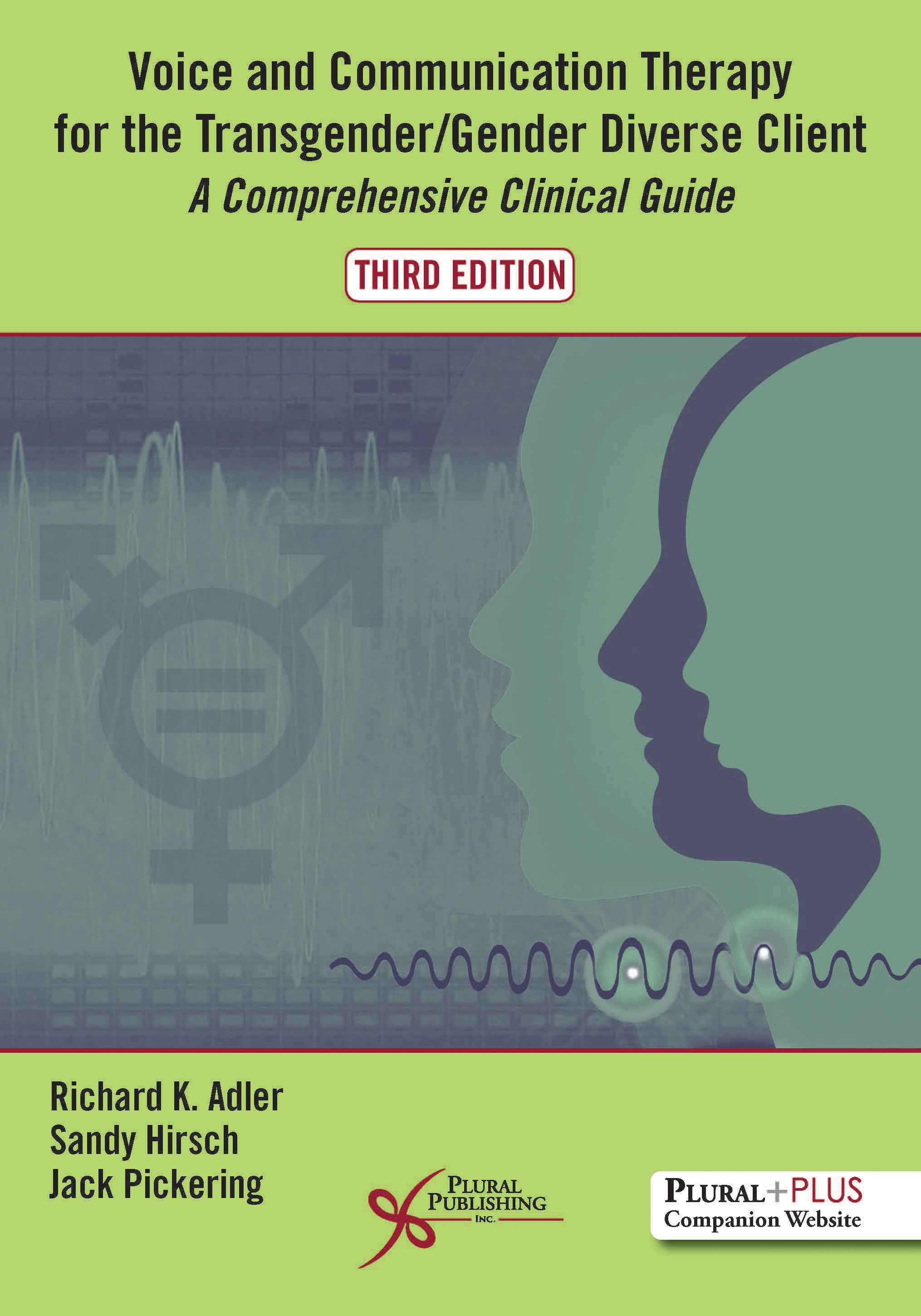
Voice and Communication Therapy for the Transgender/Gender Diverse Client: A Comprehensive Clinical Guide
Third Edition
Richard K. Adler, Sandy Hirsch, Jack Pickering
Details: 412 pages, B&W, Softcover, 7" x 10"
ISBN13: 978-1-94488-330-0
© 2019 | Available
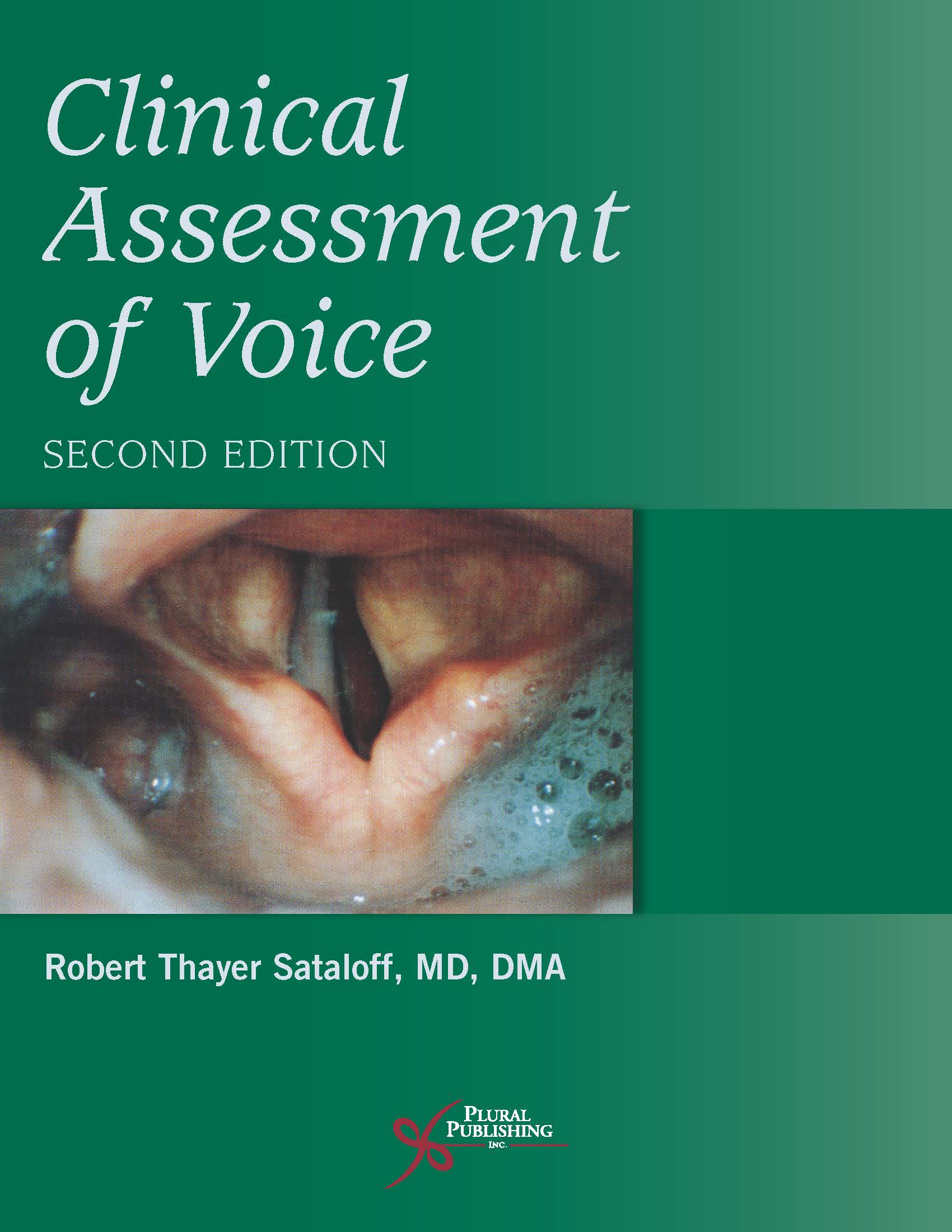
Clinical Assessment of Voice
Second Edition
Robert T. Sataloff
Details: 752 pages, Full Color, Softcover, 8.5" x 11"
ISBN13: 978-1-59756-859-3
© 2017 | Available
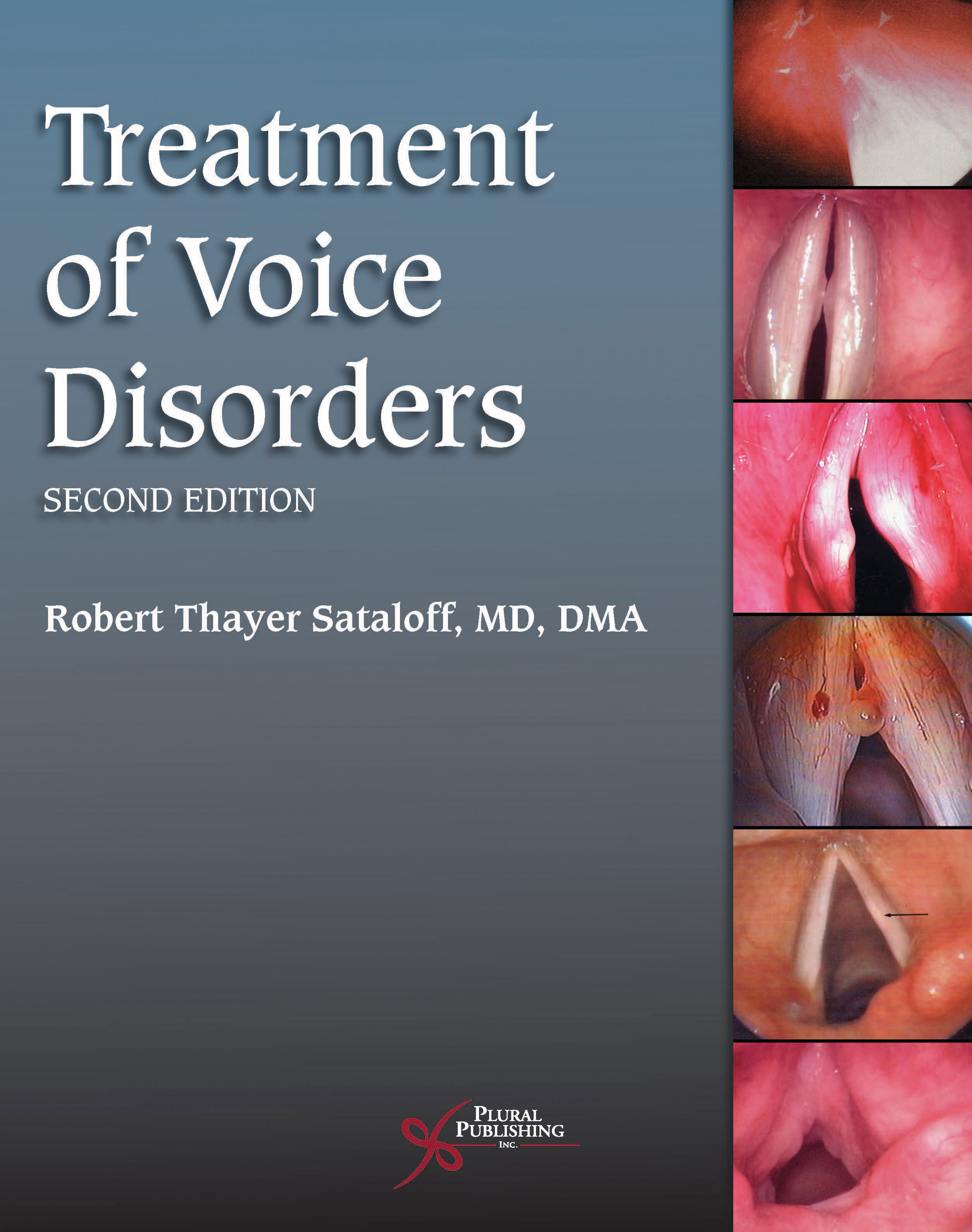
Treatment of Voice Disorders
Second Edition
Robert T. Sataloff
Details: 558 pages, Full Color, Softcover, 8.5" x 11"
ISBN13: 978-1-59756-861-6
© 2017 | Available
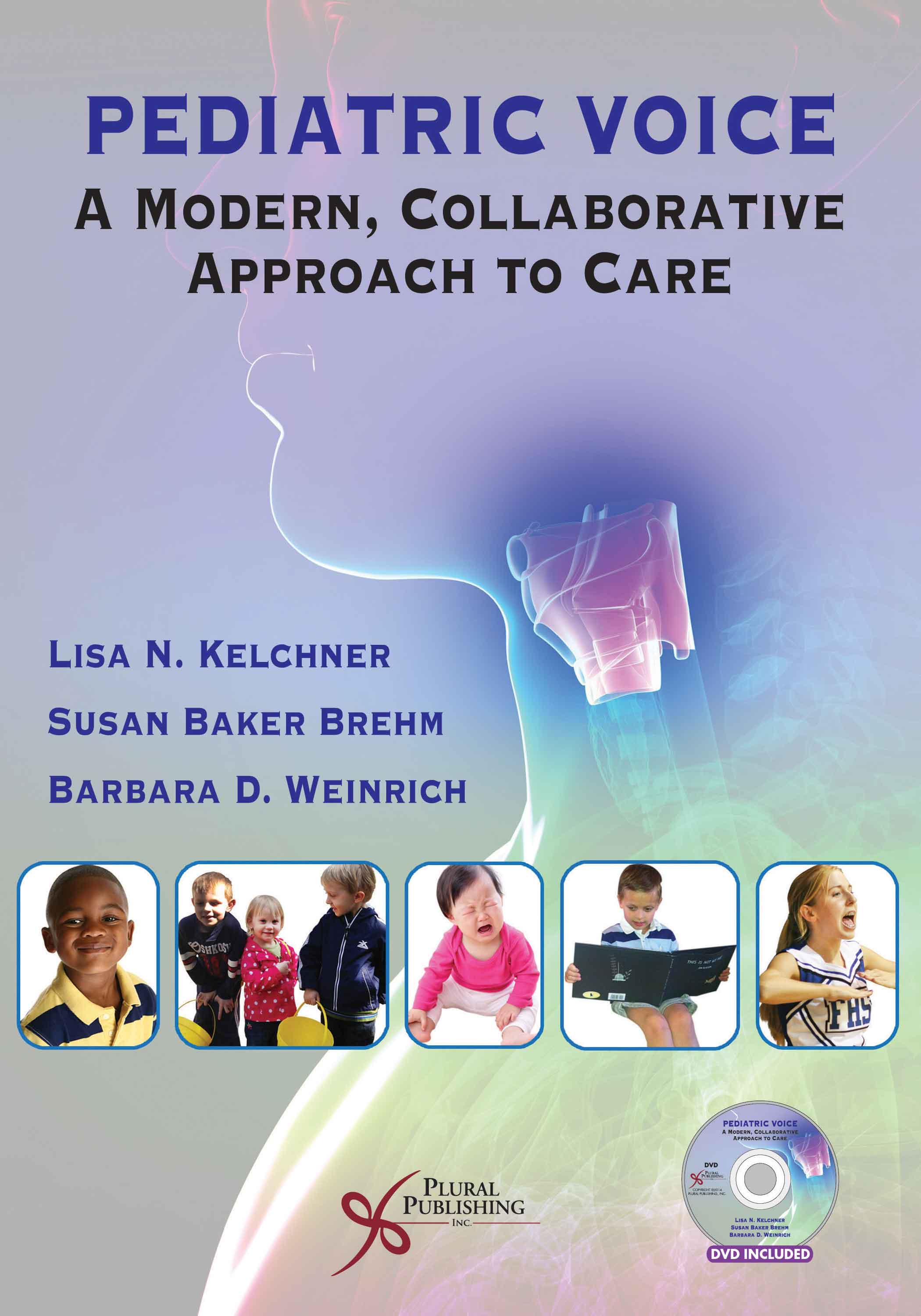
Pediatric Voice: A Modern, Collaborative Approach to Care
First Edition
Lisa N. Kelchner, Susan Baker Brehm, Barbara D. Weinrich
Details: 240 pages, B&W with Color Insert, Softcover, 7" x 10"
ISBN13: 978-1-59756-462-5
© 2014 | Available
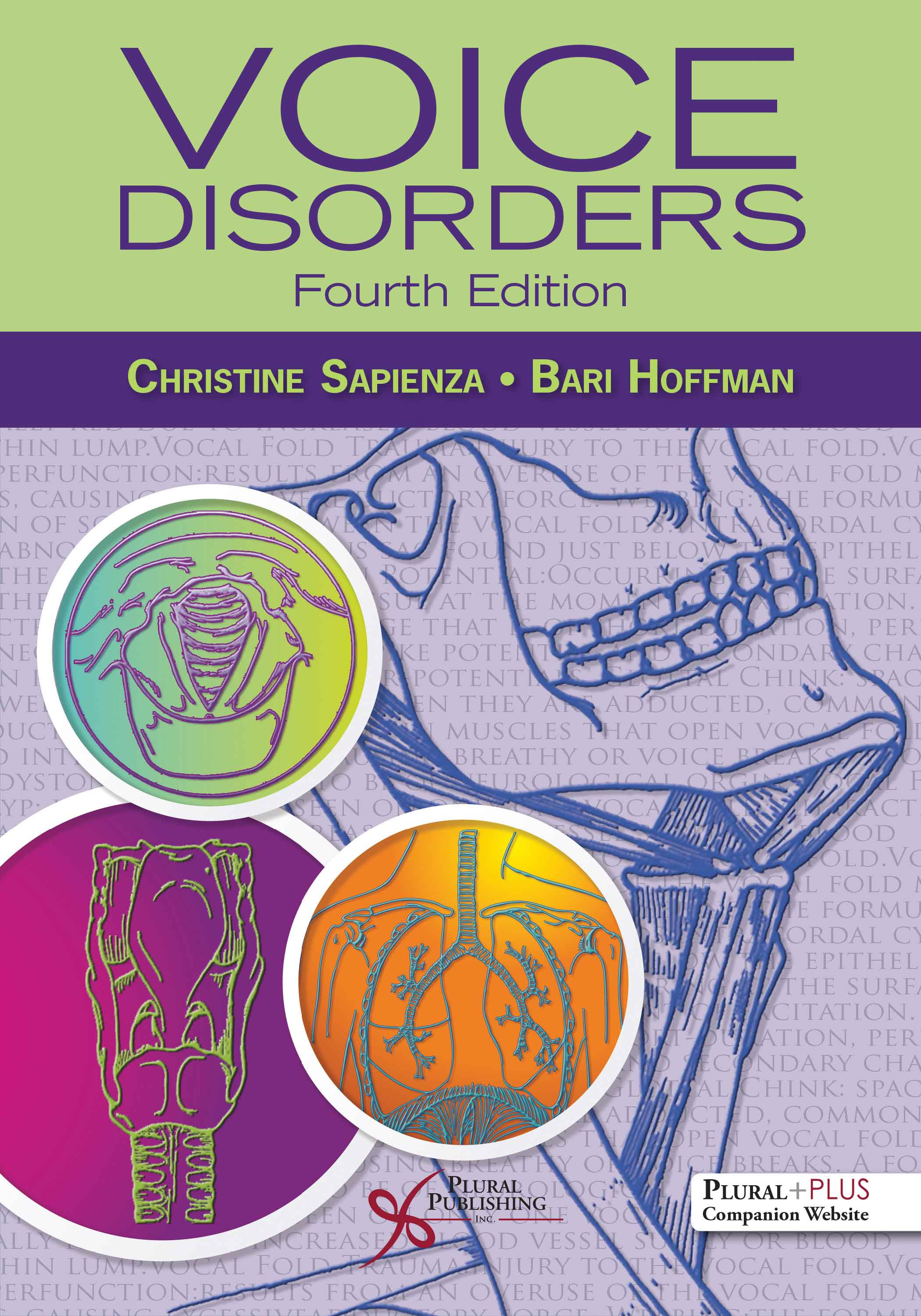
Voice Disorders
Fourth Edition
Christine Sapienza, Bari Hoffman
Details: 517 pages, Full Color, Softcover, 7" x 10"
ISBN13: 978-1-63550-251-0
© 2022 | Available
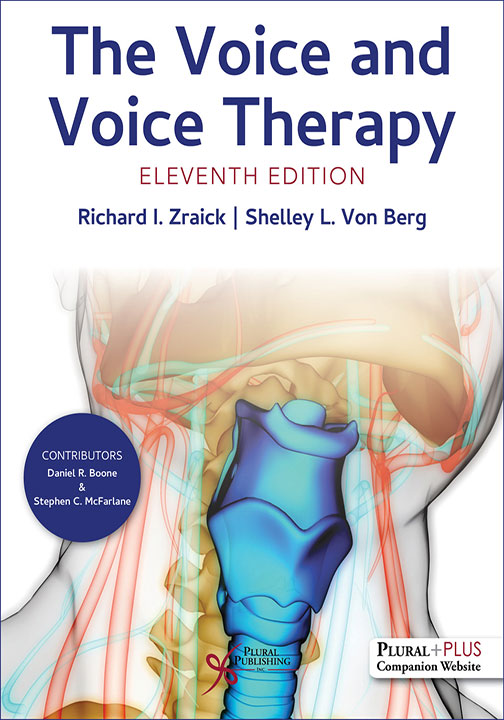
The Voice and Voice Therapy
Eleventh Edition
Richard I. Zraick, Shelley L. Von Berg
Details: 467 pages, Full Color, Hardcover, 8" x 10"
ISBN13: 978-1-63550-762-1
© 2026 | Available
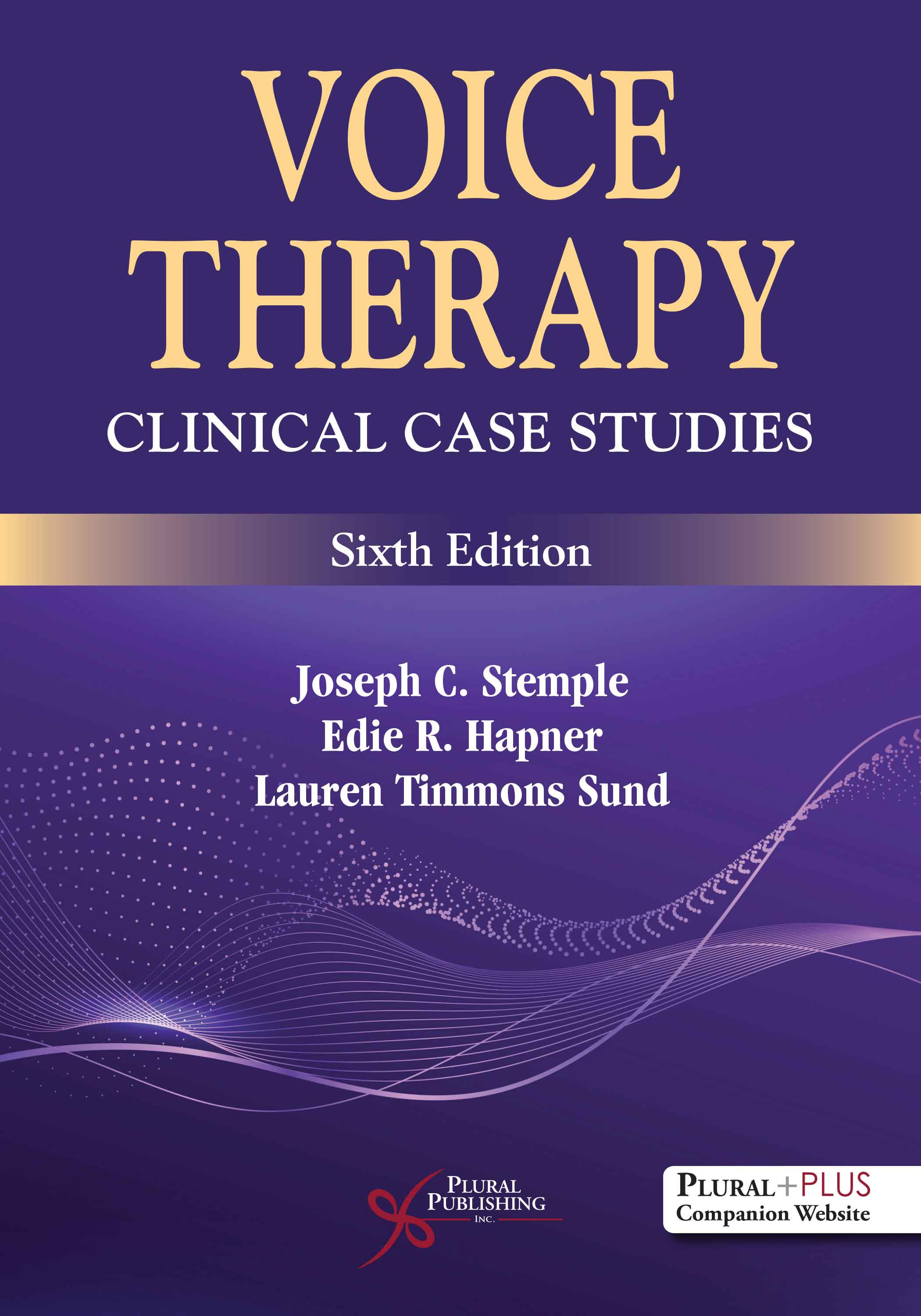
Voice Therapy: Clinical Case Studies
Sixth Edition
Joseph C. Stemple, Edie R. Hapner, Lauren Timmons Sund
Details: 600 pages, B&W, Softcover, 7" x 10"
ISBN13: 978-1-63550-731-7
© 2026 | Coming Soon
Release Date: 08/01/2025

